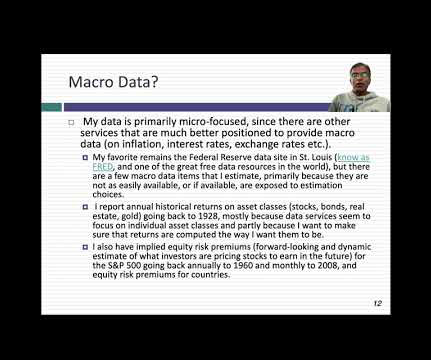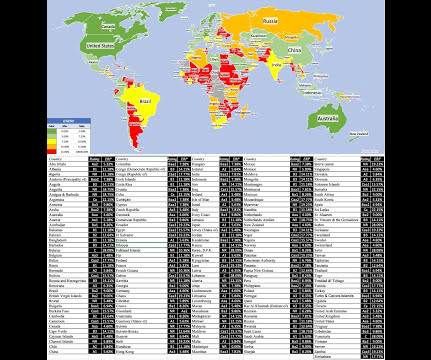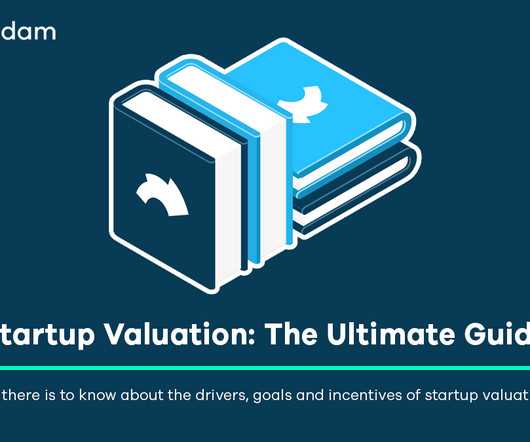Data Update 1 for 2024: The data speaks, but what does it say?
Musings on Markets
JANUARY 5, 2024
Employee Count & Compensation I nvesting Principle Financing Principle Dividend Principle Hurdle Rate Project Returns Financing Mix Financing Type Cash Return Dividends/Buyback s 1. Beta & Risk 1. Equity Risk Premiums 2. Return on Equity 1. Debt Ratios & Fundamentals 1. Debt Details 1. Buybacks 2.











Let's personalize your content